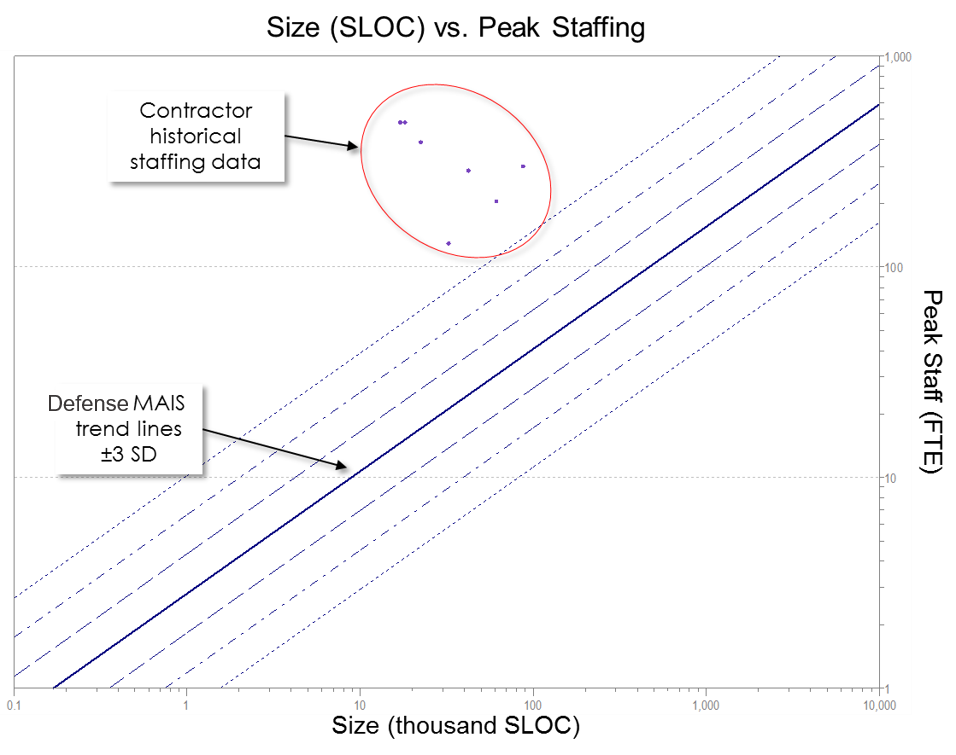Pentagon Acquisition Needs Consistent Data-Driven Approach for Accountability

This post was originally published on Linkedin. Join the QSM Linkedin Group and Company Page to stay up-to-date with more content like this.
When the Honorable Ellen M. Lord, Undersecretary of Defense for Acquisition & Sustainment (USD/A&S) told the Senate Armed Services Committee on Dec. 7 that she intends to demand a higher level of accountability from program managers, you could feel mixed emotions from DoD acquisition professionals. Many are applauding the vocal prioritization on accountability. However, I’m sure struggling acquisition program managers and support contractors, are likely feeling they have a more focused target on their back. There will certainly be other major changes from the former Acquisition, Technology and Logistics (AT&L) office reorganization to two new USD-level offices of USD/A&S and Research & Engineering (USD/R&E). Each will surely be eager to show respective value to the Pentagon in their responsibilities to improve the DoD acquisition process. Particularly, as the DoD continues a focus on DoD business transformation priorities and ensuring that they are acquiring effective defense business systems with capabilities to support those priorities, I’d like to offer some firsthand observations that suggests there still remains a lack of consistency in how we manage that process.
Accountability Requires Consistency


